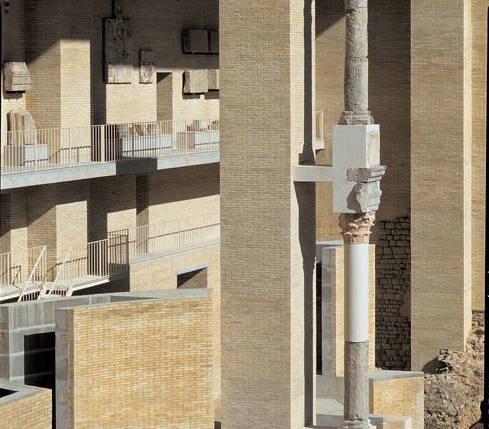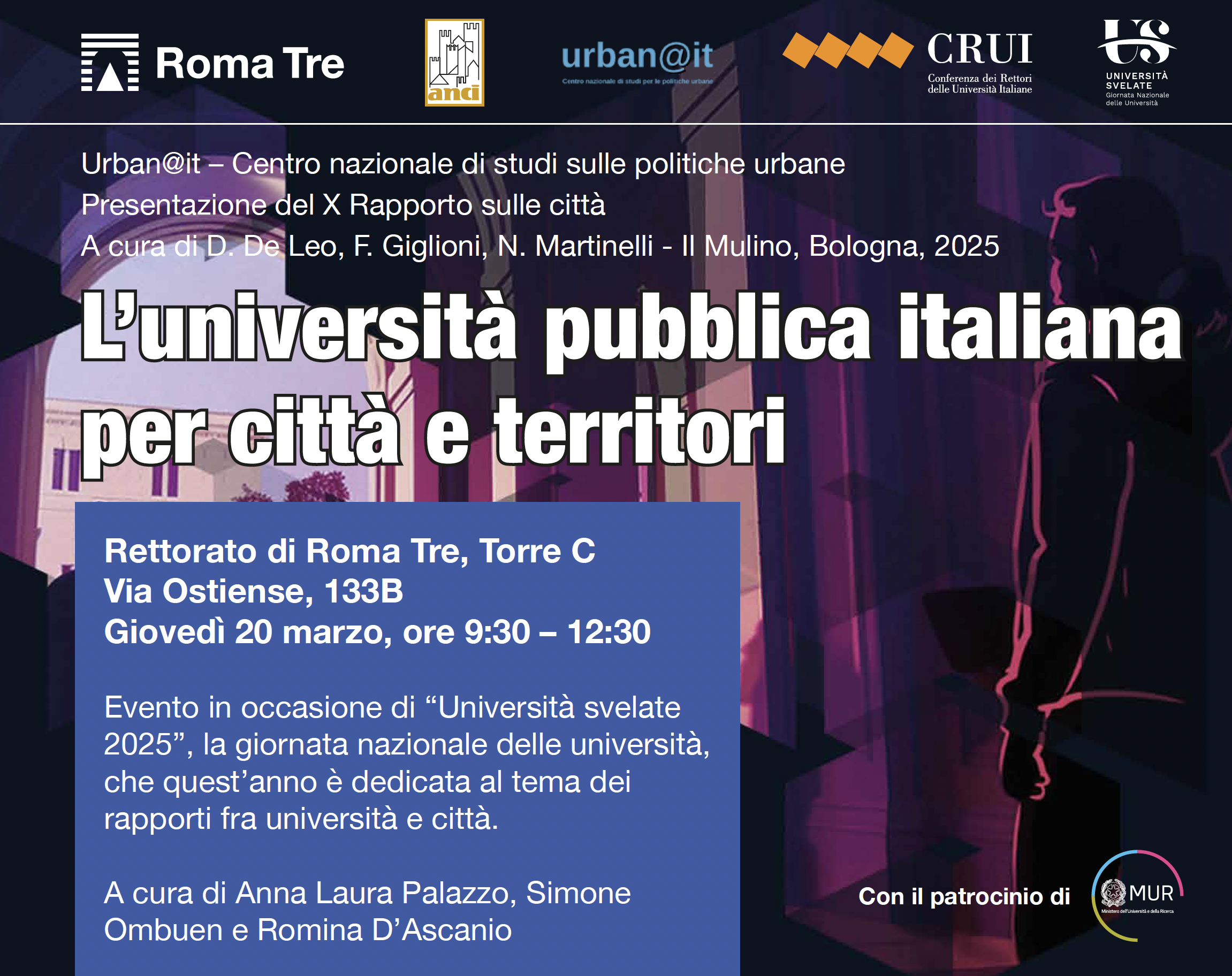Place, memory and ruin

Place, Memory and Ruin: for an architecture that preserves the value of the historicity of the place
Master’s Degree, Architect
Buildings in a state of ruin tend to function as a kind of palimpsest. They are the result of a process of continuous historical-geographical sedimentation, product of the interaction between man and the environment, where it has been encrypted several testimonies over time, whose analysis of these evokes the plastic and identity collective memory of the place where ruin It’s inserted.
There is thus a formulation of a triad, an interaction between place, ruin, and memory, which it becomes necessary to decompose, so that the word of history assumes a particular importance that must be taken into account when intervening on the preexistences.
The place
Beginning with the place, Christian Norberg- Schulz proposes an analysis that has deeper roots than that of materiality, in other words, which is not exhausted in the registration and quantification of data, but also that it also goes to the qualificative and phenomenological reading of the result of the relations between the man and the environment.
The Romans, knowing that each place possessed something that characterized it and differentiated it comparatively to other places, formulated the locution “Genius Loci”, the spirit of the place, in the sense of referencing the existence of a soul that inhabited the different places and their people. This soul was responsible for attributing to them their character and their essence, so if a space does not have this soul, then it can not be considered a place.
This definition has not been diluted in the coming days – according to Schulz, places are spaces with character, whose “genius of place”, according to the disposition of the formal and constructive elements that compose it, result of the interaction between the culture of man and the environment, configures the space, granting it its identity. The information retained and understood mainly through intuition and sensations, precedes a complexity of different formulations on the disposition of these elements. The description of these arrangements is of such difficulty that the need for a phenomenological view of the place and its constituent elements, such as architecture, is thus seen, in order to have a complete understanding of the existence and the way of inhabiting these spaces (Schulz 2000, p.19).[i]
Architecture, then, should tend to function as a kind of identifying device of the place. Such an idea is only possible through dialogue between man and the environment – when man discovers and seizes it, not only through built environments, such as human settlements, but also through natural environments. Therefore, nature and human life are necessary elements that reinforce the character and identity of the place, as well as the materiality of the things that compose it.
The ruin
Ruin assumes a particular importance here, since it is an integral part of a history, that is, of a past, and may have in itself more than a trace or register of different constructive techniques. In this sense, it is necessary to mention the architect Siza Vieira, according to which “when we construct a building that is part of the city, whatever its importance, the ideas that can be projected to a little later, and plans that accompany them, may change. Only one thing is certain, it is what preexists in place” (Siza 2009, p.29).
In fact, the site is necessarily the bearer of a past, and architecture structures the fixing of ideas according to certain reflective thoughts of that site, the topography, and its history. Therefore, there is the possibility that architecture, despite its mutability, can translate the landscape and context, if they have been fully understood, and give a certain continuity to the preexisting identity. As easy to see, buildings, like men, grow old, fall ill, and wear away, unless there is human action that will allow, in the medium or long term, its continuity in the utilitarian sense. If it is not given any importance, the last and final stage will occur, the closing of the cycle nature-building-nature. Otherwise, we give to the ruin operational utility as a material available and open for the design of a subsequent intervention that allows it to perpetuate in time. In this way, an accumulation of uses and meanings is superimposed which, of course, results in an increase in the identity load.
What does ruin evokes? What is the understanding and sense that man gives to ruin? In this sense, it would be for the archaeologist to try, in an incessant search for an answer that is not always obvious, to understand and identify the ruin and the past of this. This interpretation entails two moments, the first of which concerns the attempt to answer the question of “what was the building?” And the second moment of interpretation would correspond “to the elaboration of an image of how it would be the building as it would appear to his contemporaries.”
However, because it attends a discourse proper to the culture of the individual who observes and interprets it, ruin opens dialogue to multiple interpretations and meanings, just as the landscape of which it forms part. In order to understand the past of the ruins, it is necessary not only to recognize its scientific value, that is, to search for and attempt a rational knowledge of the material vestiges of its past, but also of the civilizational cultures that inhabited it and which is so important to know. We must now understand the last part, which concerns man and memory.
The memory
Geographer Milton Santos argues that “history is not written out of space, and there is no a-space society. Space, itself, is social” (Milton Santos 1977, p. 81). [i]
Thus, the formation and transformation of forms in human space is given by the social dynamics that encrypt, through the superposition of different testimonies, a plastic memory, also constituting an identity image of the place.
In some places we realize that they have lost or are losing their identities, that is, that there is a “loss of place” – a matter of debate that arises after the panoply of World War II. This phenomenon is sometimes related by the loss of the human capacity to think and act upon itself, entering into a state of depersonalization, of alienation. This is because human identity is reflected and participates in the construction of the identity of the place, and there must be a sense of belonging of the individuals who establish the society in the territory. Involved in our routine, sometimes we do not notice what is around us, however, this is not synonymous with indifference to the context, or that it does not have a strong identity, but rather, that the place “is ordered.”
Returning to Milton Santos, each individual participates in a social construction where, consciously or unconsciously, he elaborates on a continuous coexistence over the same territory, sedimenting the culture of the people, in a sense of belonging with the place, resulting in the landscape marks of his society. A phenomenon that today, as a consequence of the intensification of mobility, whether of men or objects, less and less happens and leads to “deculturation”. In other words, today the movement has given way to rest.
In this sense, an individual who faces a space that has not participated in its formulation nor in its history, becomes strange and the place ends up suffering an alienation. Something understandable when one observes the fruits of the trampling of the acceleration that the contemporary societies imposed, denying the rest. This hunger and thirst that disconnect the local character is a reflection of a forgetfulness that, unlike the collective memory, is individual. The one to come, will little or nothing use his memory when he reaches the new place. The memories it carries, created by experience with another place, will be practically useless in affirming the new individual in his new society. It is a clash between the time of action and the time of memory.
Whether they are short times or long times, it is precisely the overlap between them, which are the result of the social dynamics, the degrees of consciousness of the cohabiting subjects and the different social bonds that are forming or breaking, that give rise to the marks of the place. Therefore, the landscapes configure a provisional synthesis of these dynamic contents and of these complex relations. These relationships build a heritage that comes to us from the past, when they survive, offering us the most varied testimonies of the presence of man, whose testimonies, written in the matter, reach us today on a form of inheritance.
These inheritances, do not presuppose only a patrimonial legacy, but also symbolic and affective values. In this way, the capacity of architecture to transport through its material, like stones, a memory that is sometimes alive, causes the encouragement of its intervention so that these values are not diluted in time.
[i]Norberg-Schulz, Christian. Architecture: presence, language, place. Milão: Ed. Skira Editore. 2000, p.19.
[i]Quando projeta, Siza trabalha sobre algo que se transforma com o tempo e que possui valor histórico, e que por isso não pode haver dois lugares iguais. Machabert, Dominique and Beaudouin, Laurent. Álvaro Siza: uma questão de medida. Casal de Cambra. Ed. Caleidoscópio. 2009, p.29.
[i]Santos, Milton. Sociedade e espaço: a formação social como teoria e como método. In Boletim paulista de geografia. 54. 1977, p.81.
Images
copertina: Giorgio Grassi, rehabilitation of the Sagunto Theater. Eduardo Souto de Moura, Reconversion of the Convent Santa Maria do Bouro in inn. Cannatà, Michele and Fernandes, Fátima.
fig.1: Available in: http://www.camerainthesun.com/dev1/wp-content/uploads/2013/11/Thom-51.jpg [Consult. 15 de agosto de 2018].
fig.2: Author’s drawing.









